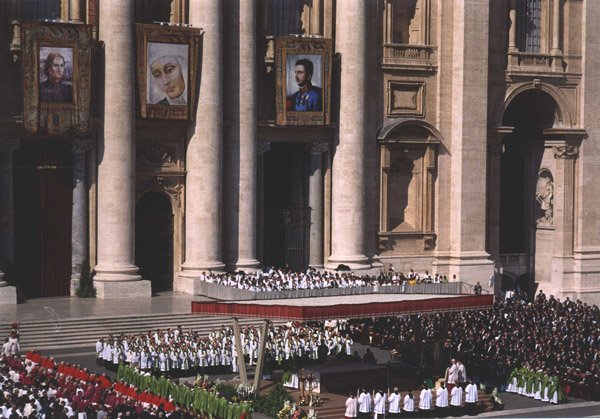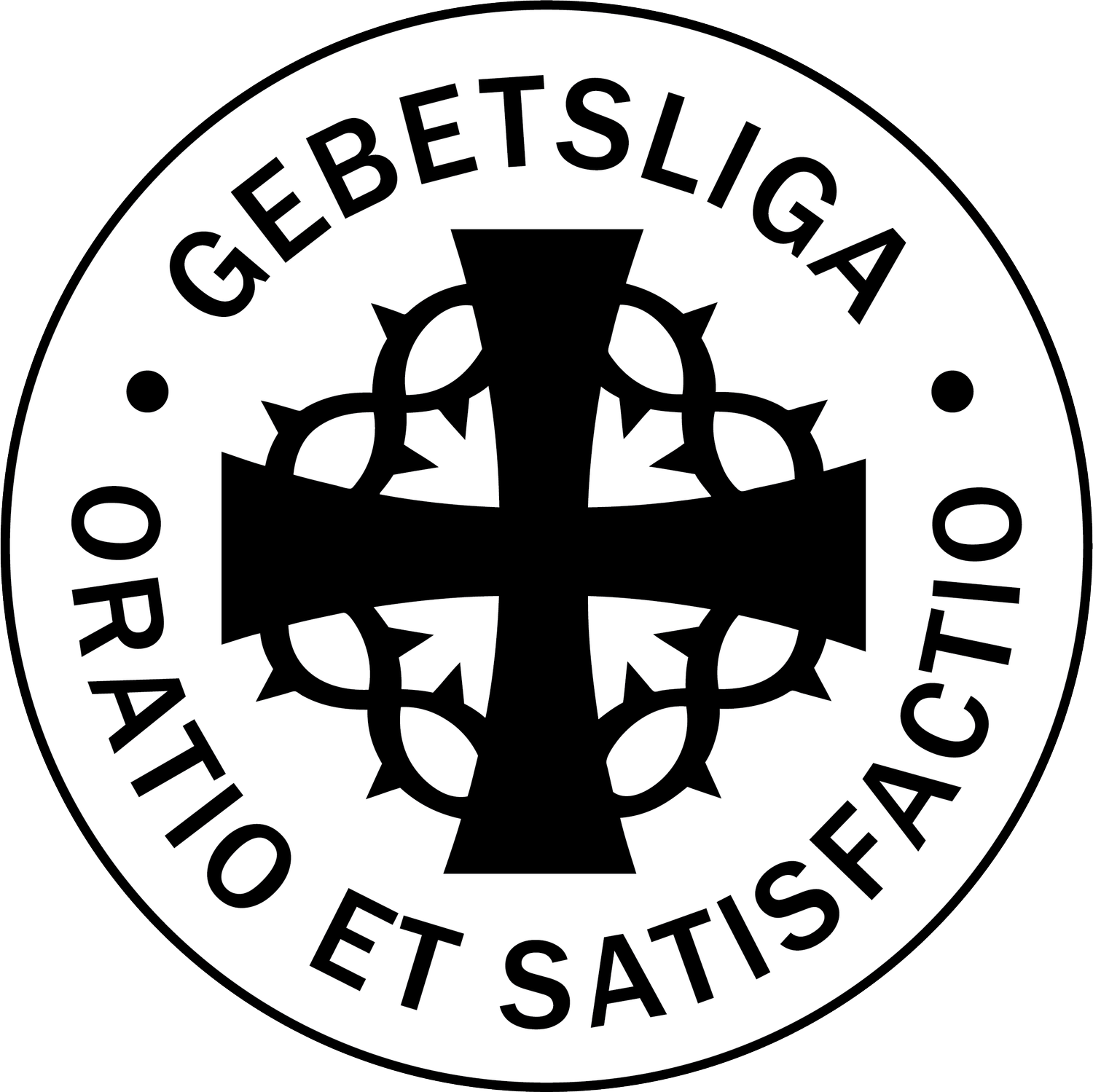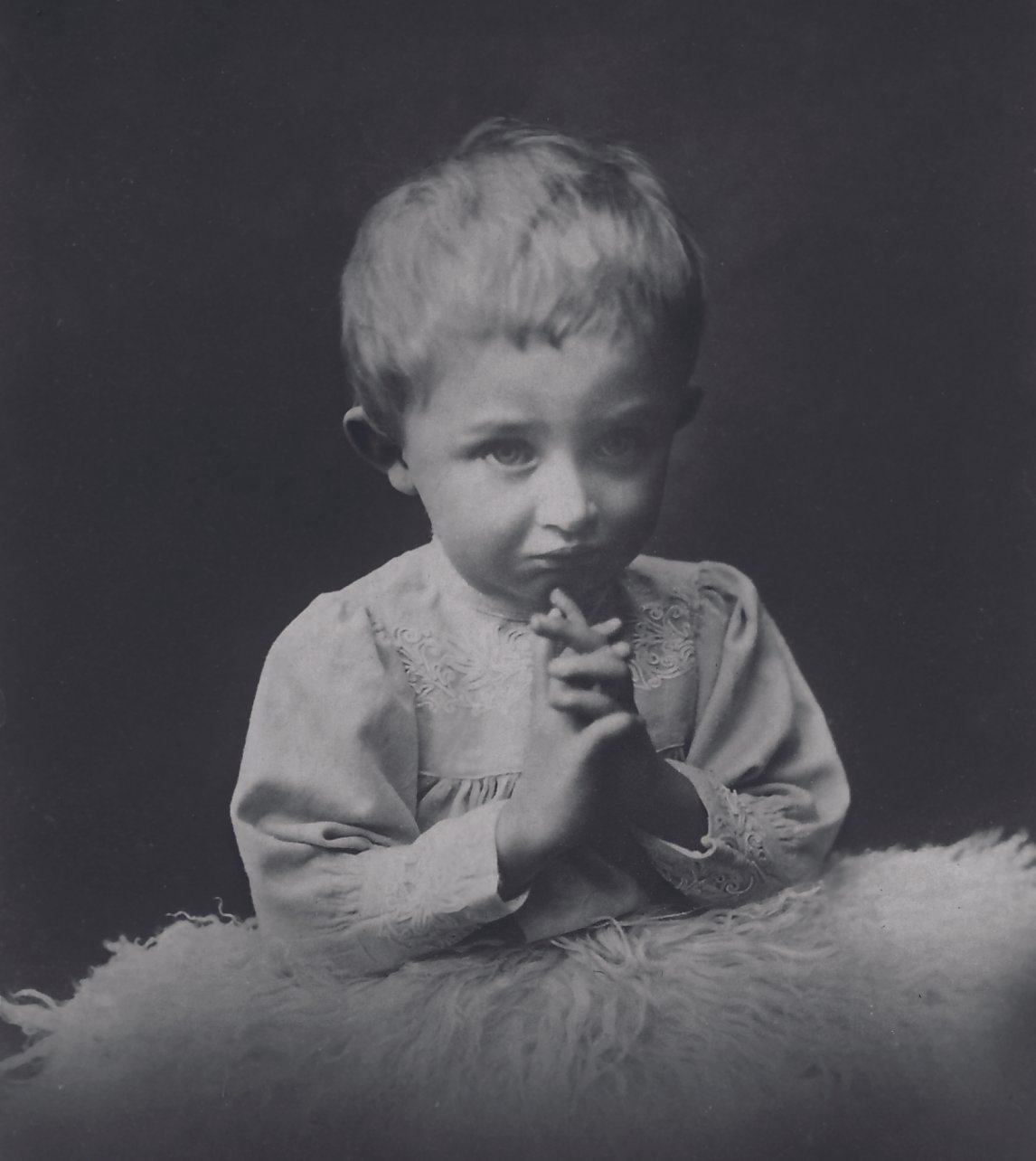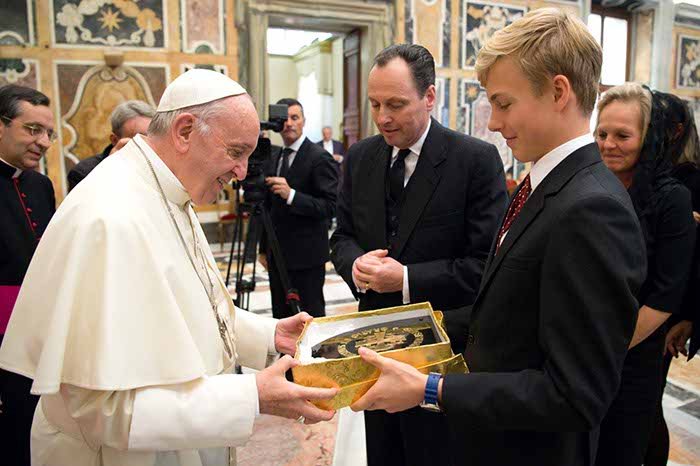
Canonization Process
Saints are persons in heaven (officially canonized or not), who lived heroically virtuous lives, offered their life for others, or were martyred for the faith, and who are worthy of imitation. All Christians are called to be saints! In official Church procedures there are four steps to sainthood: Servant of God, Venerable, Blessed, and Saint.
-
When the subject arises that a person should be considered for Sainthood, a Bishop is placed in charge of the initial investigation of the person’s life. If it is determined that the candidate is deemed worthy of consideration, the Vatican grants a “Nihil Obstat.” This is a Latin phrase meaning “nothing hinders.” The candidate is then called a “Servant of God.”
-
The Church official, a Postulator, who coordinates the process and serves as an advocate, must prove that the candidate lived heroic virtues. This is achieved through a collection of documents and testimonies that are collected in a Positio. It is then presented to the Congregation for the Causes of Saints in Rome. When a candidate is approved, he/she receives the title “Venerable.”
-
To be beatified and recognized as a “Blessed,”requires one miracle to be acquired through the candidate’s intercession in addition to recognition of heroic virtue.
-
Canonization requires a second miracle after Beatification, though a Pope may waive these requirements. Once the second miracle has been received through the candidates intercession the Pope declares the person a “Saint.”
Blessed Karl’s Path Toward Sainthood
17 August 1887Karl Born
The eldest son of Archduke Otto and Maria Josefa of Saxony, is born at Schloss Persenbeug (Lower Austria).
1895Stigmatist Mother Vinzentia
When Karl is an eight-year-old boy, the stigmatist Mother Vinzentia at the Ursuline convent in Sopron, Hungary, advises that the young Archduke should be enveloped in prayers because he will become Emperor, have to suffer greatly, and be a target of Hell. A small group begins praying for him and his intentions. This group later develops into the Kaiser Karl-Gebetsliga für den Völkerfrieden (The Emperor Karl League of Prayer for Peace Among Nations).
28 June 1914Karl Becomes Emperor
Word is sent from Sarajevo that Archduke Franz Ferdinand is assassinated, making Karl the new Heir Apparent to the Throne.
1 April 1922Karl Dies
The Emperor dies in exile in Funchal Madeira at the age of 34.
1923Canonization Inquiry Begins
Wilhelm Miklas (President of the Republic of Austria from 1928-1938), petitions the Cardinal Archbishop of Vienna, Dr. Friedrich Gustav Piffl, requesting that the necessary steps to begin the process of canonization of the Emperor be undertaken.
1949“Servant of God”
The Cause for Canonization of Emperor Karl is introduced at the Vatican. Karl is given the ecclesiastical title of “Servant of God.”
1925Gebetsliga Established
Bishop Sigmund Waitz (later Archbishop of Salzburg), gives ecclesiastical approbation to the Kaiser Karl Gebetsliga für den Völkerfrieden. The diocesan process of gathering evidence and testimonies, interviewing of witnesses, and compiling a definitive biography begins.
1953Jahrbuch Published
The Jahrbuch of the Kaiser-Karl-Gebetsliga begins publication. Besides printing articles about the Servant of God, the publication details Gebetsliga activities of the previous year, and relates testimonies from the faithful who, having asked for the intercession of the Servant of God, believe they have received favors.
1 April 1972Tomb Opened
On the fiftieth anniversary of his death, Emperor Karl’s sarcophagus is opened and his body examined – as required by the Congregation for the Causes of Saints. When the coffin was opened, the Servant of God’s body is found to be remarkably well preserved – despite the fact that a window in the coffin had broken allowing in moisture and damp tropical air. Although Karl was embalmed when he died, the process was hurried and only rudimentary, and cannot completely account for the state in which the body is found. The Emperor’s body is clothed in a new uniform brought especially for this purpose, placed in a new coffin, and the sarcophagus resealed.
1994Positio Published
The Positio for the Servant of God, Karl of Austria is published in Rome. It details the life of Karl, containing a complete and detailed biography, his writings, and the recorded witness testimony of all living people who knew him. It is in two volumes, and over 2,650 pages long.
1995Positio Reviewed
The Historical Consultants for the Congregation of the Causes of Saints reviews all the material in the Positio, and are charged with finding the answer to the primary question: “Was the Emperor Karl of Austria virtuous to a heroic degree?” The panel of six theologians answered this question affirmatively. The results of their deliberations are published by the Congregation.
29 October 2002Heroic Virtues Approved
The Heroic Virtues of the Servant of God are approved by the panel of nine theologians and forwarded to the bishops and cardinals of the Congregation of Saints for their approval to present a decree of Heroic Virtue to the Holy Father.
12 April 2003“Venerable”
The Holy Father, Pope John Paul II, proclaims the Heroic Virtues of the Servant of God giving Emperor Karl the title of “Venerable.”
20 December 2003Miracle for Beatification
A decree promulgating a miracle attributed to the Venerable Servant of God was read before Pope John Paul II. The miracle concerns a Polish sister who was in charge of a large hospital in Brazil. She had severe problems with her legs, and became bedridden. After several unsuccessful operations, her legs did not heal, becoming infected and quite painful. One of her confreres suggested that she should prayer to the Servant of God Karl of Austria. The nun rebuffed the suggestion in favor of a more familiar and popular saint. However, the pain and infection only increased. Finally, in desperation, the sister prayed to Emperor Karl. The next day, she was completely cured. Because of the nun’s work at the hospital, and numerous operations, her case is well documented by various physicians and nurses.
3 October 2004“Blessed”
Pope Saint John Paul II proclaims Emperor Karl Blessed in Saint Peter’s Square, Vatican City, in front of a crowd estimated at 50,000 people. The event is televised live throughout Europe and rebroadcast later throughout the rest of the world.
14 October 2017Pope Francis Meets Gebetsliga
Over 200 Members of the Gebetsliga are welcomed by Pope Francis for a Private Audience. The meeting takes place in the context of the centenary anniversary of Pope Benedict XV’s peace initiatives to which Blessed Karl subscribed and promoted.
1 April 2022Centenary Pilgrimage
To mark the 100th anniversary of the death of Blessed Karl, a pilgrimage to his tomb in Madeira, Portugal is held. Over 500 pilgrims attend.
2023“Miracle” Being Investigation
The League is currently in the process of investigating a presumed "miracle" through Blessed Karl’s intercession. If accepted and approved, Pope Francis could canonize Emperor Karl.
PresentGrowth Continues
The League continues to grow, with thousands of Members and devotees around the globe. There are now over 100 shrines to Blessed Karl across five continents. Favors from Blessed Karl’s intercession continue to be documented.












